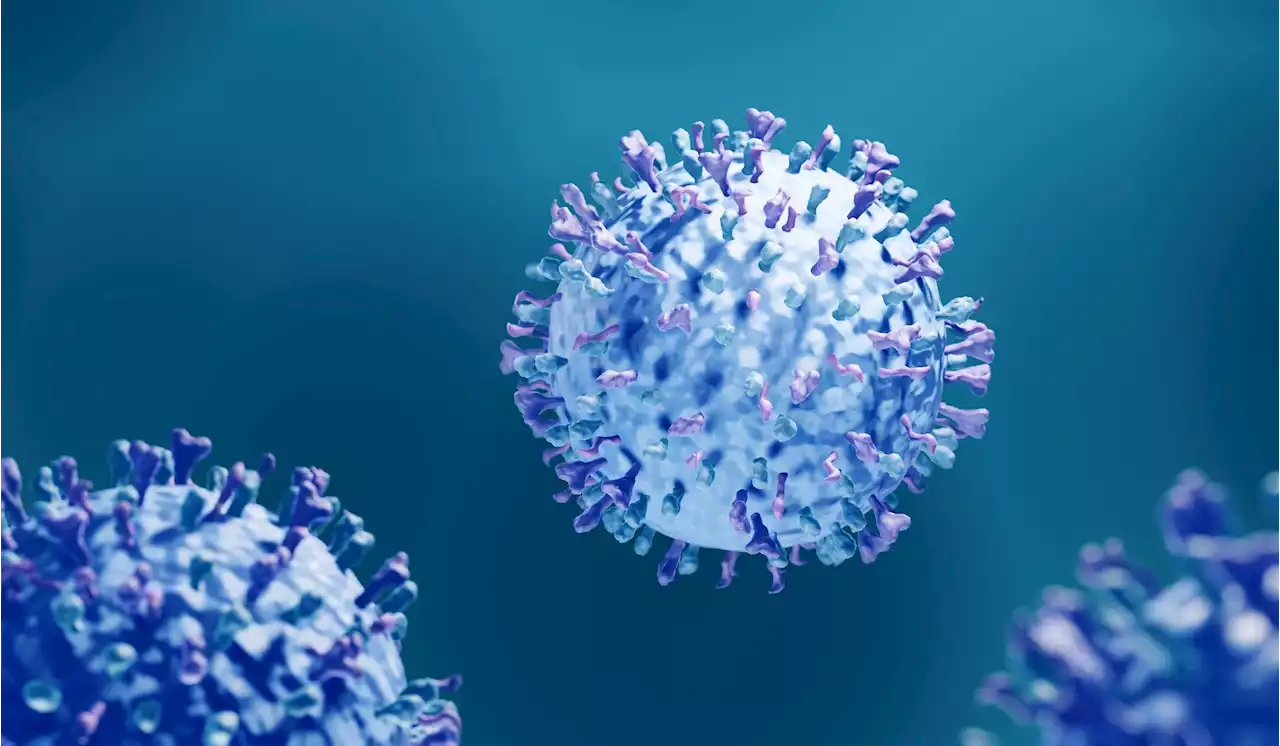Progress and challenges in the development of mRNA vaccines against respiratory syncytial virus RSV mRNA mRNAVaccines Development Challenges Progress
By Dr. Chinta SidharthanNov 1 2022Reviewed by Aimee Molineux A recent review published in Cytokine & Growth Factor Reviews discussed the structure and life cycle of respiratory syncytial virus , the current research on the treatment and prevention of RSV infections, and the advancements in RSV messenger ribonucleic acid vaccine technology after the surge in vaccine research during the coronavirus disease 2019 pandemic.
Major findings The study reported that histopathological investigations have identified viral replication and immune responses during RSV infections as the primary causes of damaged airways. Increased neutrophil and eosinophil infiltration of the airways during RSV infections cause hypersecretion of mucus, obstruction of airways, and asthma exacerbation.
According to the authors, the success of mRNA vaccines against severe acute respiratory syndrome coronavirus 2 provided the impetus to developing mRNA vaccines for RSV and other infectious diseases, with many RSV mRNA vaccines already undergoing clinical trials. The Moderna mRNA RSV vaccine mRNA-1345 has already been approved by the United States Food and Drug Administration for single-dose administration to adults over 60.
Australia Latest News, Australia Headlines
Similar News:You can also read news stories similar to this one that we have collected from other news sources.
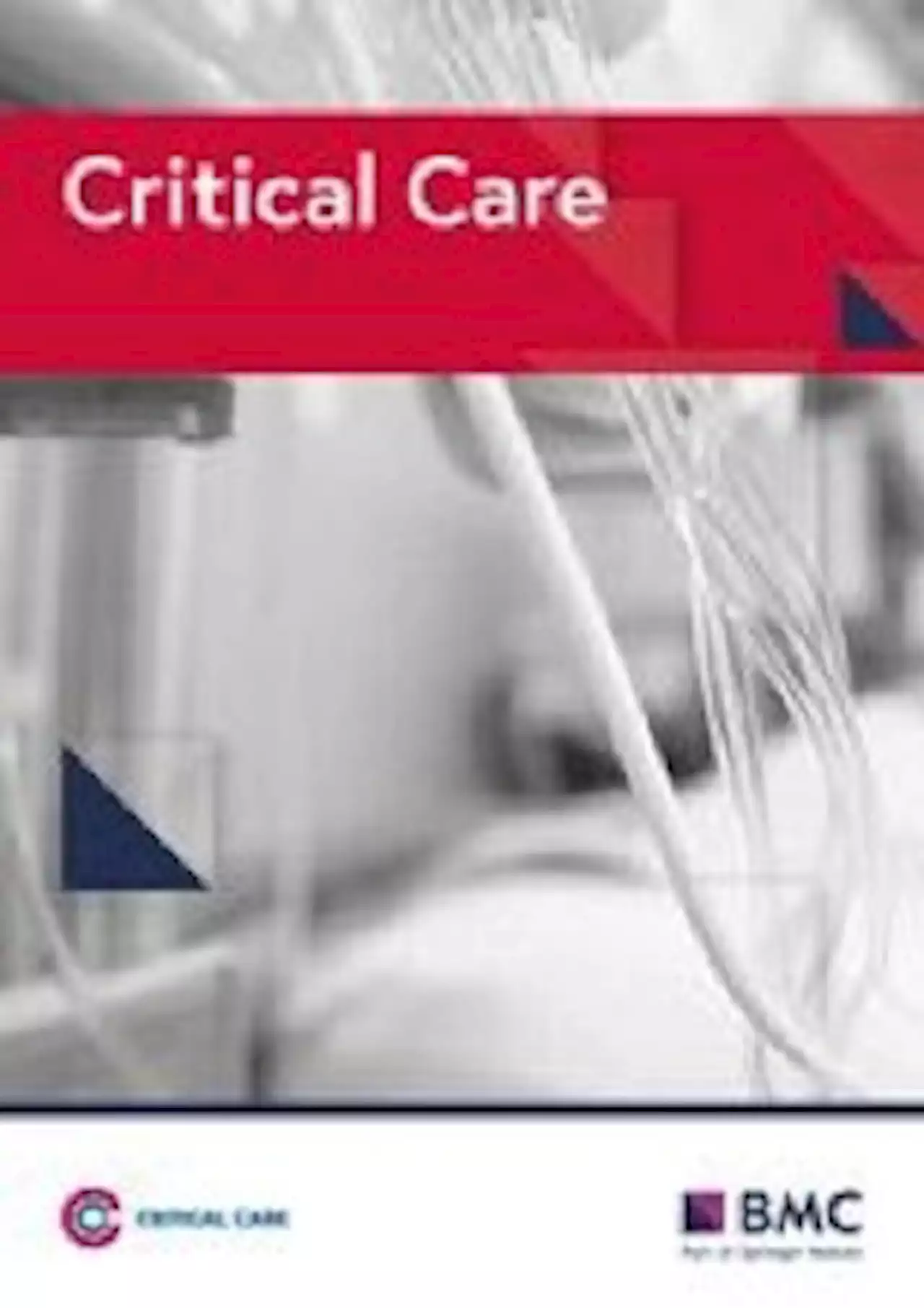 Different epidemiology of bloodstream infections in COVID-19 compared to non-COVID-19 critically ill patients: a descriptive analysis of the Eurobact II study - Critical CareBackground The study aimed to describe the epidemiology and outcomes of hospital-acquired bloodstream infections (HABSIs) between COVID-19 and non-COVID-19 critically ill patients. Methods We used data from the Eurobact II study, a prospective observational multicontinental cohort study on HABSI treated in ICU. For the current analysis, we selected centers that included both COVID-19 and non-COVID-19 critically ill patients. We performed descriptive statistics between COVID-19 and non-COVID-19 in terms of patients’ characteristics, source of infection and microorganism distribution. We studied the association between COVID-19 status and mortality using multivariable fragility Cox models. Results A total of 53 centers from 19 countries over the 5 continents were eligible. Overall, 829 patients (median age 65 years [IQR 55; 74]; male, n = 538 [64.9%]) were treated for a HABSI. Included patients comprised 252 (30.4%) COVID-19 and 577 (69.6%) non-COVID-19 patients. The time interval between hospital admission and HABSI was similar between both groups. Respiratory sources (40.1 vs. 26.0%, p | 0.0001) and primary HABSI (25.4% vs. 17.2%, p = 0.006) were more frequent in COVID-19 patients. COVID-19 patients had more often enterococcal (20.5% vs. 9%) and Acinetobacter spp. (18.8% vs. 13.6%) HABSIs. Bacteremic COVID-19 patients had an increased mortality hazard ratio (HR) versus non-COVID-19 patients (HR 1.91, 95% CI 1.49–2.45). Conclusions We showed that the epidemiology of HABSI differed between COVID-19 and non-COVID-19 patients. Enterococcal HABSI predominated in COVID-19 patients. COVID-19 patients with HABSI had elevated risk of mortality. Trial registration ClinicalTrials.org number NCT03937245 . Registered 3 May 2019.
Different epidemiology of bloodstream infections in COVID-19 compared to non-COVID-19 critically ill patients: a descriptive analysis of the Eurobact II study - Critical CareBackground The study aimed to describe the epidemiology and outcomes of hospital-acquired bloodstream infections (HABSIs) between COVID-19 and non-COVID-19 critically ill patients. Methods We used data from the Eurobact II study, a prospective observational multicontinental cohort study on HABSI treated in ICU. For the current analysis, we selected centers that included both COVID-19 and non-COVID-19 critically ill patients. We performed descriptive statistics between COVID-19 and non-COVID-19 in terms of patients’ characteristics, source of infection and microorganism distribution. We studied the association between COVID-19 status and mortality using multivariable fragility Cox models. Results A total of 53 centers from 19 countries over the 5 continents were eligible. Overall, 829 patients (median age 65 years [IQR 55; 74]; male, n = 538 [64.9%]) were treated for a HABSI. Included patients comprised 252 (30.4%) COVID-19 and 577 (69.6%) non-COVID-19 patients. The time interval between hospital admission and HABSI was similar between both groups. Respiratory sources (40.1 vs. 26.0%, p | 0.0001) and primary HABSI (25.4% vs. 17.2%, p = 0.006) were more frequent in COVID-19 patients. COVID-19 patients had more often enterococcal (20.5% vs. 9%) and Acinetobacter spp. (18.8% vs. 13.6%) HABSIs. Bacteremic COVID-19 patients had an increased mortality hazard ratio (HR) versus non-COVID-19 patients (HR 1.91, 95% CI 1.49–2.45). Conclusions We showed that the epidemiology of HABSI differed between COVID-19 and non-COVID-19 patients. Enterococcal HABSI predominated in COVID-19 patients. COVID-19 patients with HABSI had elevated risk of mortality. Trial registration ClinicalTrials.org number NCT03937245 . Registered 3 May 2019.
Read more »
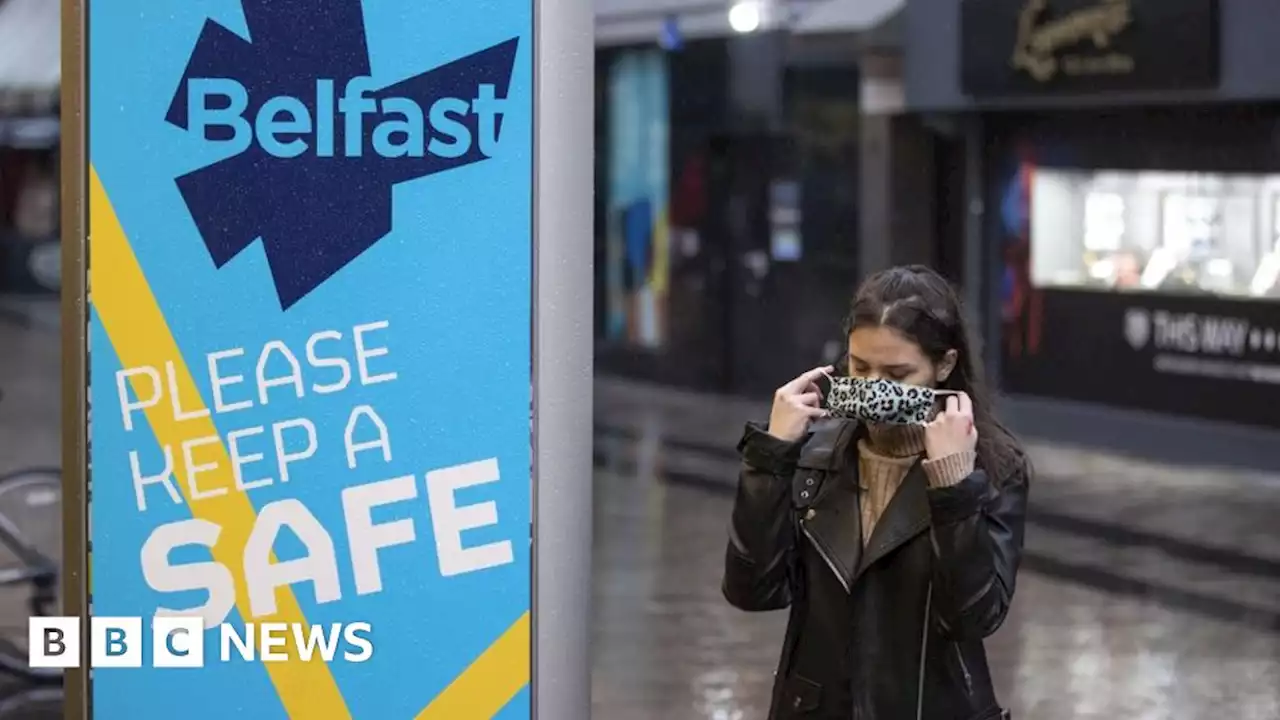 Covid-19: Nearly 5,000 Covid-related deaths registered, inquiry toldGroup calls for Covid-19 public inquiry to consider why Ireland was not considered single land mass during pandemic response Covid19
Covid-19: Nearly 5,000 Covid-related deaths registered, inquiry toldGroup calls for Covid-19 public inquiry to consider why Ireland was not considered single land mass during pandemic response Covid19
Read more »
 Frontiers | SARS-CoV-2 specific antibody trajectories in mothers and infants over two months following maternal infectionInfants exposed to caregivers infected with SARS-CoV-2 may have heightened infection risks relative to older children due to their more intensive care and feeding needs, and may experience more severe infection due to their less developed immune systems. However, there has been limited research on COVID-19 outcomes in exposed infants beyond the neonatal period. Between June 2020 – March 2021, we conducted interviews and collected capillary dried blood from SARS-CoV-2 infected mothers and their infants (aged 1-36 months) for up to two months following maternal infection onset (COVID+ group, 87% breastfeeding, n dyads=46 dyads). Comparative data were also collected from breastfeeding mothers with no known SARS-CoV-2 infection or exposures (breastfeeding control group, n dyads=26), and mothers who tested SARS-CoV-2 negative after experiencing symptoms or close contact exposure (COVID- group, n dyads=11, 73% breastfeeding). Dried blood samples were assayed for anti-SARS-CoV-2 S-RBD IgG and IgA positivity and anti-SARS-CoV-2 S1 + S2 IgG concentrations. Within the COVID+ group, the mean probability of seropositivity among infant samples was significantly lower than that of corresponding maternal samples (IgG 0.54 vs. 0.87; IgA 0.33 vs. 0.85), with likelihood of infant infection positively associated with the number of maternal symptoms and other household infections reported. COVID+ mothers reported a lower incidence of COVID-19 symptoms among their infants as compared to themselves and other household adults, and infants had similar PCR positivity rates as other household children. No samples returned by COVID- mothers or their infants tested antibody positive. Among the breastfeeding control group, 44% of mothers but none of their infants tested antibody positive in at least one sample. Results support previous research demonstrating minimal risks to infants following maternal COVID-19 infection, including for breastfeeding infants.
Frontiers | SARS-CoV-2 specific antibody trajectories in mothers and infants over two months following maternal infectionInfants exposed to caregivers infected with SARS-CoV-2 may have heightened infection risks relative to older children due to their more intensive care and feeding needs, and may experience more severe infection due to their less developed immune systems. However, there has been limited research on COVID-19 outcomes in exposed infants beyond the neonatal period. Between June 2020 – March 2021, we conducted interviews and collected capillary dried blood from SARS-CoV-2 infected mothers and their infants (aged 1-36 months) for up to two months following maternal infection onset (COVID+ group, 87% breastfeeding, n dyads=46 dyads). Comparative data were also collected from breastfeeding mothers with no known SARS-CoV-2 infection or exposures (breastfeeding control group, n dyads=26), and mothers who tested SARS-CoV-2 negative after experiencing symptoms or close contact exposure (COVID- group, n dyads=11, 73% breastfeeding). Dried blood samples were assayed for anti-SARS-CoV-2 S-RBD IgG and IgA positivity and anti-SARS-CoV-2 S1 + S2 IgG concentrations. Within the COVID+ group, the mean probability of seropositivity among infant samples was significantly lower than that of corresponding maternal samples (IgG 0.54 vs. 0.87; IgA 0.33 vs. 0.85), with likelihood of infant infection positively associated with the number of maternal symptoms and other household infections reported. COVID+ mothers reported a lower incidence of COVID-19 symptoms among their infants as compared to themselves and other household adults, and infants had similar PCR positivity rates as other household children. No samples returned by COVID- mothers or their infants tested antibody positive. Among the breastfeeding control group, 44% of mothers but none of their infants tested antibody positive in at least one sample. Results support previous research demonstrating minimal risks to infants following maternal COVID-19 infection, including for breastfeeding infants.
Read more »
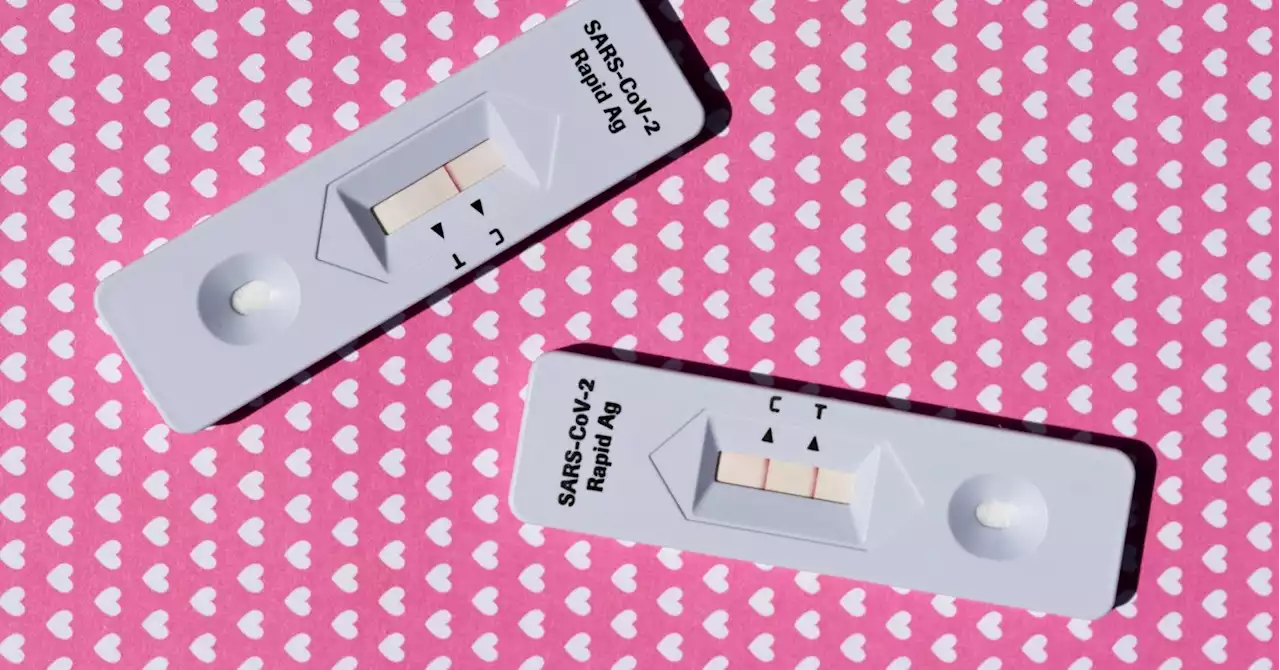 New research suggests we’re on track for a low-Covid ChristmasThe UK could be on track for a relatively low-Covid Christmas for the first time in three years, according to forecasting from experts.
New research suggests we’re on track for a low-Covid ChristmasThe UK could be on track for a relatively low-Covid Christmas for the first time in three years, according to forecasting from experts.
Read more »
 Covid experts give predictions for Christmas as two new strains found in UKFOR the first times in years Britain could experience a relatively Covid-free Christmas this winter, despite the emergence of two new variants. Modelling by University College London (UCL) suggests…
Covid experts give predictions for Christmas as two new strains found in UKFOR the first times in years Britain could experience a relatively Covid-free Christmas this winter, despite the emergence of two new variants. Modelling by University College London (UCL) suggests…
Read more »
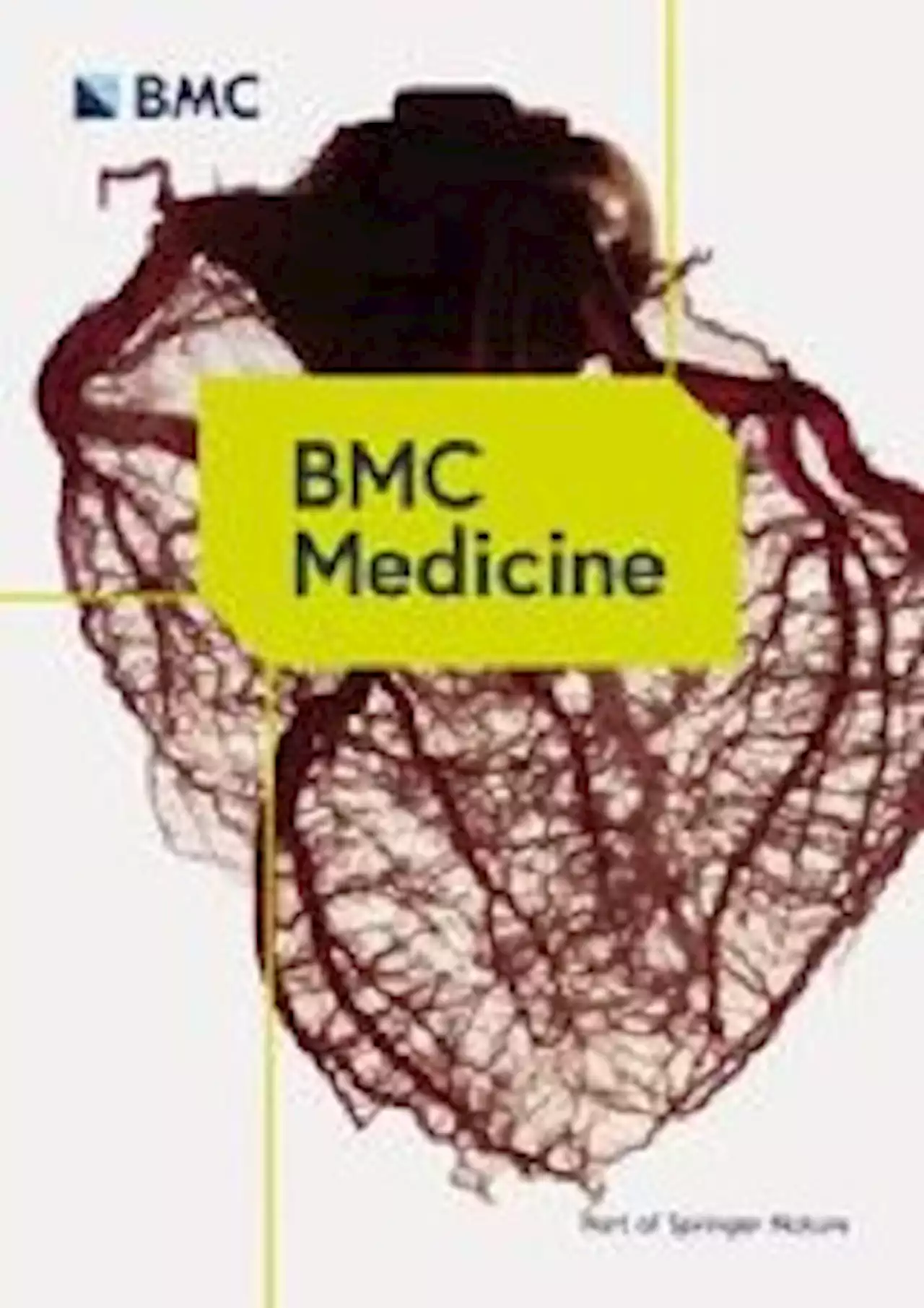 Health-related quality of life among persons with initial mild, moderate, and severe or critical COVID-19 at 1 and 12 months after infection: a prospective cohort study - BMC MedicineBackground Currently, there is limited evidence about the long-term impact on physical, social and emotional functioning, i.e. health-related quality of life (HRQL) after mild or moderate COVID-19 not requiring hospitalization. We compared HRQL among persons with initial mild, moderate or severe/critical COVID-19 at 1 and 12 months following illness onset with Dutch population norms and investigated the impact of restrictive public health control measures on HRQL. Methods RECoVERED, a prospective cohort study in Amsterdam, the Netherlands, enrolled adult participants after confirmed SARS-CoV-2 diagnosis. HRQL was assessed with the Medical Outcomes Study Short Form 36-item health survey (SF-36). SF-36 scores were converted to standard scores based on an age- and sex-matched representative reference sample of the Dutch population. Differences in HRQL over time were compared among persons with initial mild, moderate or severe/critical COVID-19 using mixed linear models adjusted for potential confounders. Results By December 2021, 349 persons were enrolled of whom 269 completed at least one SF-36 form (77%). One month after illness onset, HRQL was significantly below population norms on all SF-36 domains except general health and bodily pain among persons with mild COVID-19. After 12 months, persons with mild COVID-19 had HRQL within population norms, whereas persons with moderate or severe/critical COVID-19 had HRQL below population norms on more than half of the SF-36 domains. Dutch-origin participants had significantly better HRQL than participants with a migration background. Participants with three or more COVID-19 high-risk comorbidities had worse HRQL than part participants with fewer comorbidities. Participants who completed the SF-36 when restrictive public health control measures applied reported less limitations in social and physical functioning and less impaired mental health than participants who completed the SF-36 when no restrictive measures applied. Co
Health-related quality of life among persons with initial mild, moderate, and severe or critical COVID-19 at 1 and 12 months after infection: a prospective cohort study - BMC MedicineBackground Currently, there is limited evidence about the long-term impact on physical, social and emotional functioning, i.e. health-related quality of life (HRQL) after mild or moderate COVID-19 not requiring hospitalization. We compared HRQL among persons with initial mild, moderate or severe/critical COVID-19 at 1 and 12 months following illness onset with Dutch population norms and investigated the impact of restrictive public health control measures on HRQL. Methods RECoVERED, a prospective cohort study in Amsterdam, the Netherlands, enrolled adult participants after confirmed SARS-CoV-2 diagnosis. HRQL was assessed with the Medical Outcomes Study Short Form 36-item health survey (SF-36). SF-36 scores were converted to standard scores based on an age- and sex-matched representative reference sample of the Dutch population. Differences in HRQL over time were compared among persons with initial mild, moderate or severe/critical COVID-19 using mixed linear models adjusted for potential confounders. Results By December 2021, 349 persons were enrolled of whom 269 completed at least one SF-36 form (77%). One month after illness onset, HRQL was significantly below population norms on all SF-36 domains except general health and bodily pain among persons with mild COVID-19. After 12 months, persons with mild COVID-19 had HRQL within population norms, whereas persons with moderate or severe/critical COVID-19 had HRQL below population norms on more than half of the SF-36 domains. Dutch-origin participants had significantly better HRQL than participants with a migration background. Participants with three or more COVID-19 high-risk comorbidities had worse HRQL than part participants with fewer comorbidities. Participants who completed the SF-36 when restrictive public health control measures applied reported less limitations in social and physical functioning and less impaired mental health than participants who completed the SF-36 when no restrictive measures applied. Co
Read more »
